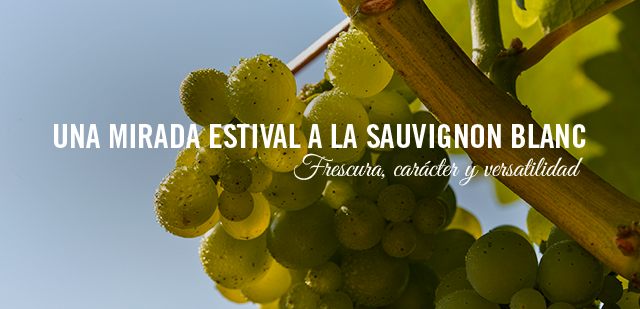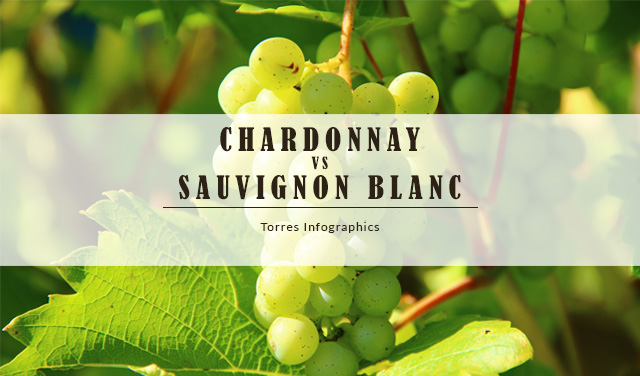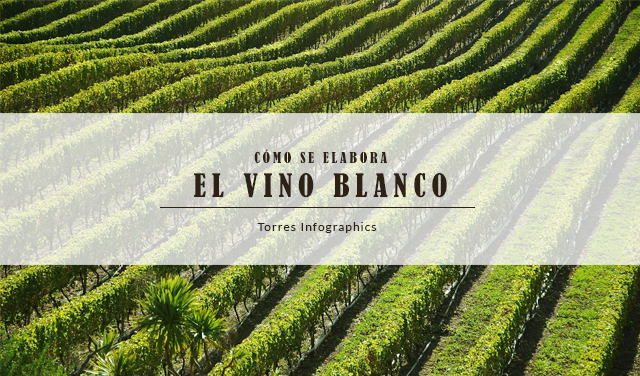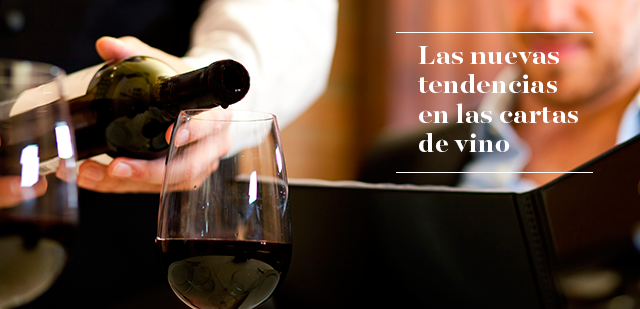A Summery Look at Sauvignon Blanc.

This is a classy lady who carries herself with elegance and charisma. The current trend towards revealing a variety's true expression favors wines made from grapes that have a lot to say, like Pinot Noir or the grape we're focusing on today: Sauvignon Blanc, whose primary aromas are among the most distinctive in the ampelographic universe.
The word “Sauvignon” encompasses two French terms: sauvage (wild) and vignon (vine). They allude to the variety's vegetative and wild aromatic notes.
[[{"fid":"8584","view_mode":"default","fields":{"format":"default","field_file_image_alt_text[und][0][value]":false,"field_file_image_title_text[und][0][value]":false},"type":"media","link_text":null,"attributes":{"height":812,"width":1310,"class":"media-element file-default"}}]]
VARIETAL CHARACTERISTICS AND REGIONS
Depending on the type of soil and climate, Sauvignon Blanc reveals one of the two sides of its personality:
- When grown in poor soils in cool or moderately temperate climate zones, Sauvignon Blanc develops crisp acidity, and its classic green and herbaceous nuances are readily identifiable. Akin to a sensory vegetable garden, it recalls green pepper, freshly cut grass and nettles nuanced by striking fruit and floral notes that take us into the realm of passion fruit and elderberry flowers.
- In warmer regions, its aromatic character is much subtler, the fruit notes mere echoes of peach and grapefruit. Prolonged oak aging, however, quickly brings out complex, mature notes of smoke and spices, and this is when all the elements really come together to shine as a whole.
- Sancerre and Pouilly-Fumé in the Loire Valley are the variety's French home par excellence, whereas in Bordeaux it is usually blended with Sémillon
- Australia, New Zealand, Chile and South Africa also produce top-end Sauvignon Blancs, and so does the Penedès...
[[{"fid":"8585","view_mode":"default","fields":{"format":"default","field_file_image_alt_text[und][0][value]":false,"field_file_image_title_text[und][0][value]":false},"type":"media","link_text":null,"attributes":{"height":803,"width":1240,"class":"media-element file-default"}}]]
FRANSOLA 2016. A D.O. PENEDÈS SAUVIGNON BLANC
The Torres family's Fransola vineyard lies in the highlands of the Penedès, in the municipal district of Santa María de Miralles, close to the Serra d'Ancosa mountains. The 25-hectare vineyard is planted with Sauvignon Blanc, which is used exclusively to make the eponymous wine.
Half of the wine (50%) is vinified on its lees in oak for four months with the other 50% blended in at the peak of its youth. This makes Fransolathe proud expression of a mature, sensuous and round Sauvignon Blanc.
Notes of ripe peach, pineapple and passion fruit encounter echoes of elderberry flower, verbena and quintessentially Mediterranean fennel, rounded off by a vanilla flourish that captivates the palate as we head toward a smoky, savory finish.
[[{"fid":"8586","view_mode":"default","fields":{"format":"default","field_file_image_alt_text[und][0][value]":false,"field_file_image_title_text[und][0][value]":false},"type":"media","link_text":null,"attributes":{"height":764,"width":382,"class":"media-element file-default"}}]]
Fish, shellfish, crustaceans and seafood rice dishes will always be Fransola's finest companions.
The defining characteristics of a grape are easier to identify in varietal wines. It is here that a variety reveals its true personality clearly and confidently.
This might be why the world's wine lovers are so keen on Sauvignon Blanc right now, much like they were on Pinot Noir before, because they want more than fermented grapes—they want a wine with a story and clearly defined organoleptic characteristics.
Here's a toast to diversity!



